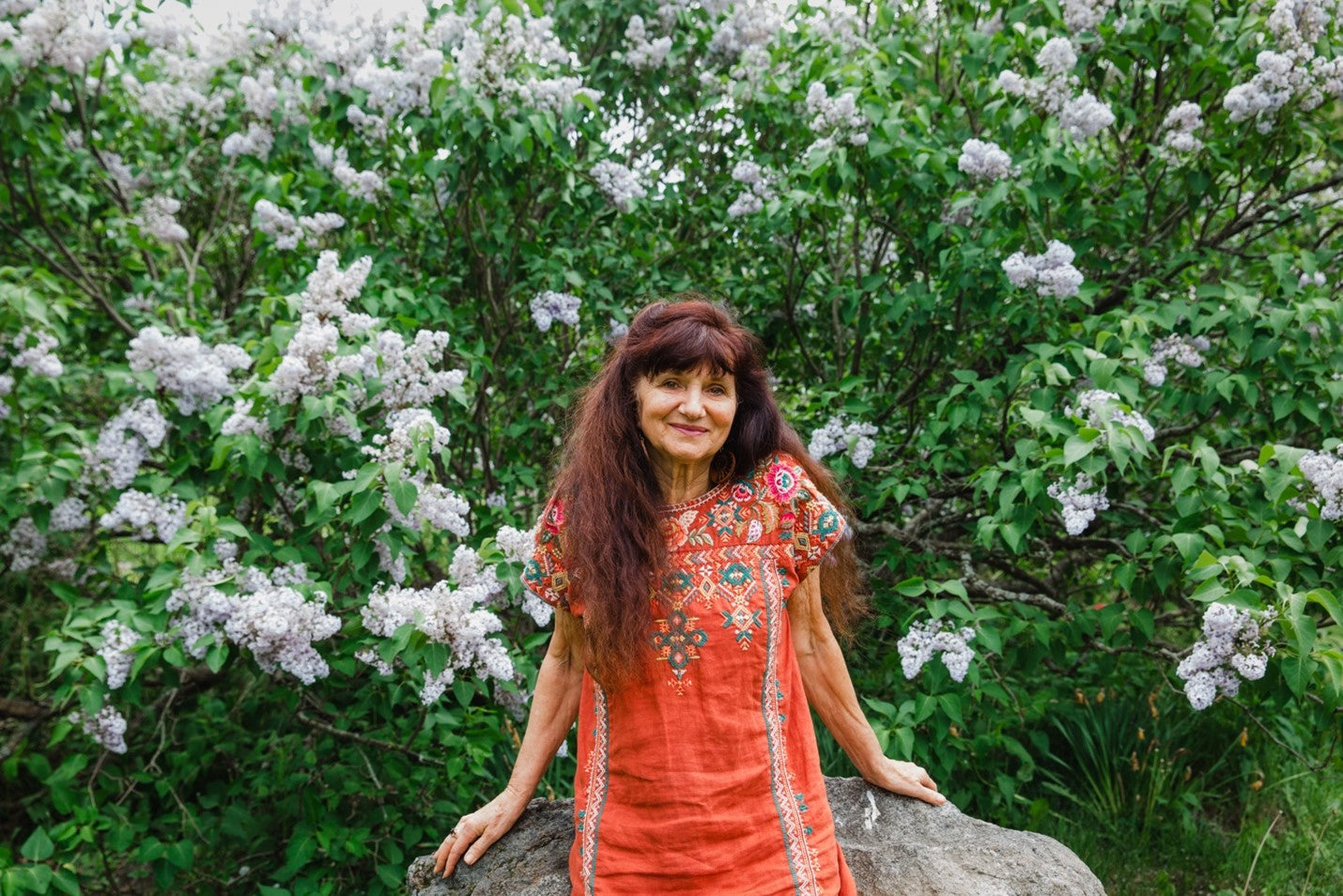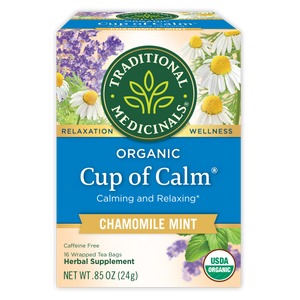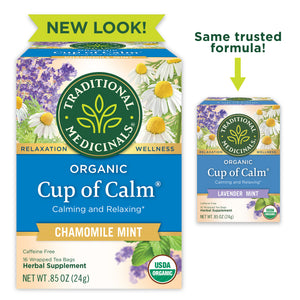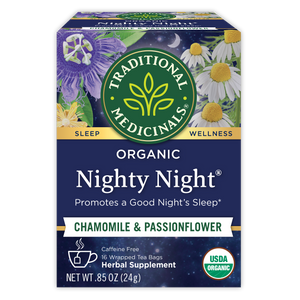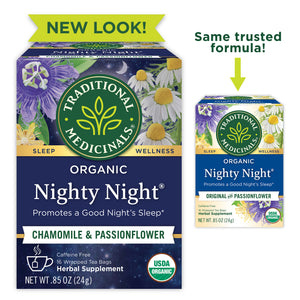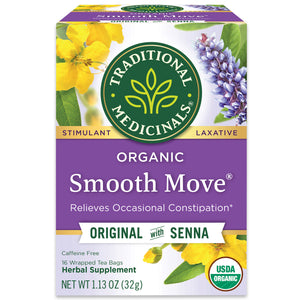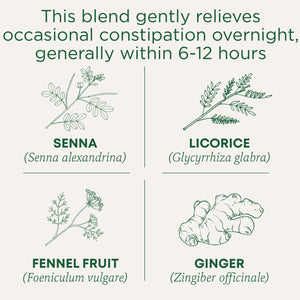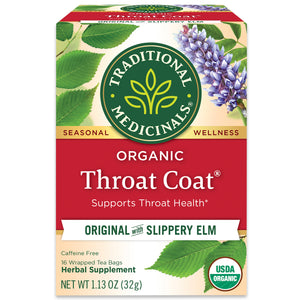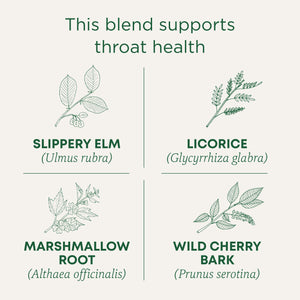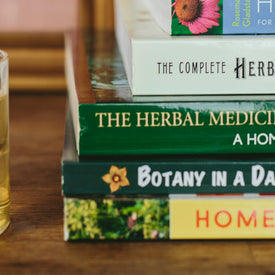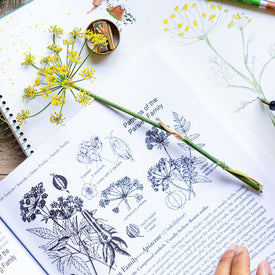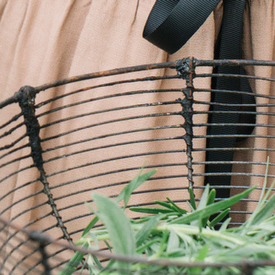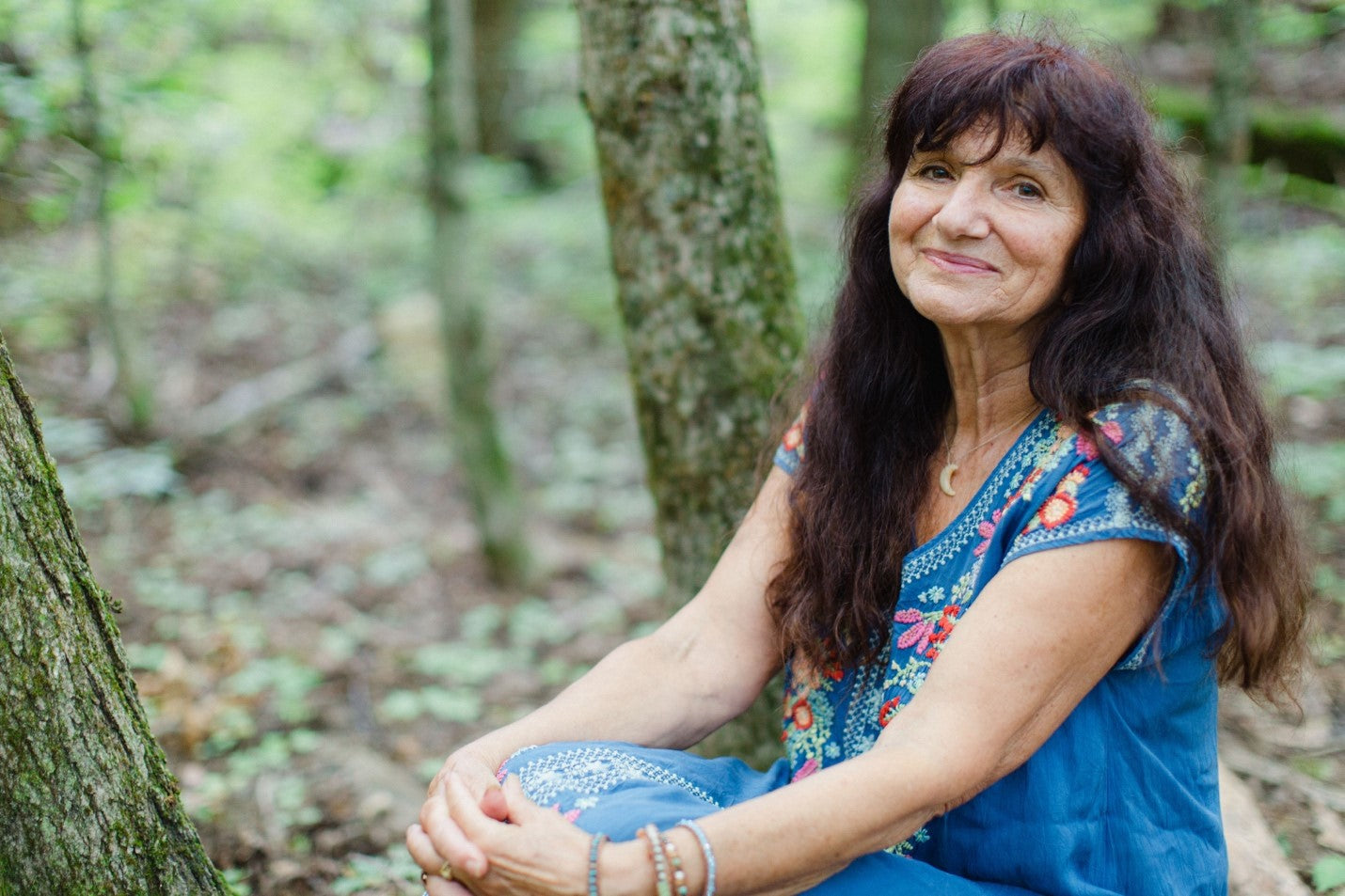
Photo taken by Danielle Cohen
Meet Rosemary Gladstar, known as the godmother of modern herbalism, she has captivated a global audience with her wealth of knowledge and passion for herbal healing. With over 50 years in the field, she's not only penned eleven influential books, including favorites like Herbal Healing for Women and Herbal Recipes for Vibrant Health but also founded the International Herb Symposium and United Plant Savers. She continuously advocates for the conservation of medicinal plants and ethical wildcrafting practices. Rosemary is near and dear to us at Traditional Medicinals as she co-founded the company and formulated many favorite herbal blends including Smooth Move® & Throat Coat®. Rosemary was awarded an Honorary Doctorate in 2018 from the National University of Naturopathic Medicine in recognition of her lifelong dedication to herbalism. Her accessible teachings and unwavering commitment to the plant path continue to illuminate this art for herbal enthusiasts worldwide.
Q: How did your journey into herbal medicine begin?
A: I actually think I was called into service when I was still a child. I was fortunate enough to grow up on a small dairy farm in Sonoma County, surrounded by the beauty and lushness of nature. Plants were everywhere around me, and I was enamored by them even as a small child. Like many young children, I could hear the plants and animals talking to me, and they invited me into their magical world.
I was also fortunate to have both sets of grandparents living nearby, and we would visit them often. My grandparents on my mother’s side were Armenian, and both my grandmother and grandfather were survivors of the Armenian genocide. My grandmother used to tell us that it was her faith in God and her knowledge of the plants that saved their lives. And she meant it literally. My grandmother was a healer and herbalist in the ‘old sense of the word.’ She knew a lot about plants and how to use them for health and healing.
Q: How would you define an herbalist? What does being an herbalist mean to you?
A: I use the term herbalist in a very broad context as everyone who loves plants and works with them closely, intimately, and uses them for health and healing in all the various guises that ‘health and healing’ encompass. It can include the herbalist who farms and gardens with herbs; they are healing the earth and growing good medicine from the earth for others. The herbalist who gathers, collects and makes medicine from the herbs. The herbalist who practices clinically and works within the health care professions. The herbalist who practices in the home, or community as a family or community herbalist. The herbalist who works with plants in skin care and body care. Our profession is widely defined, one root going deep down into the earth, and branching off in many directions both underground and above ground. We might say there are as many ways to practice herbalism as there are herbalists.
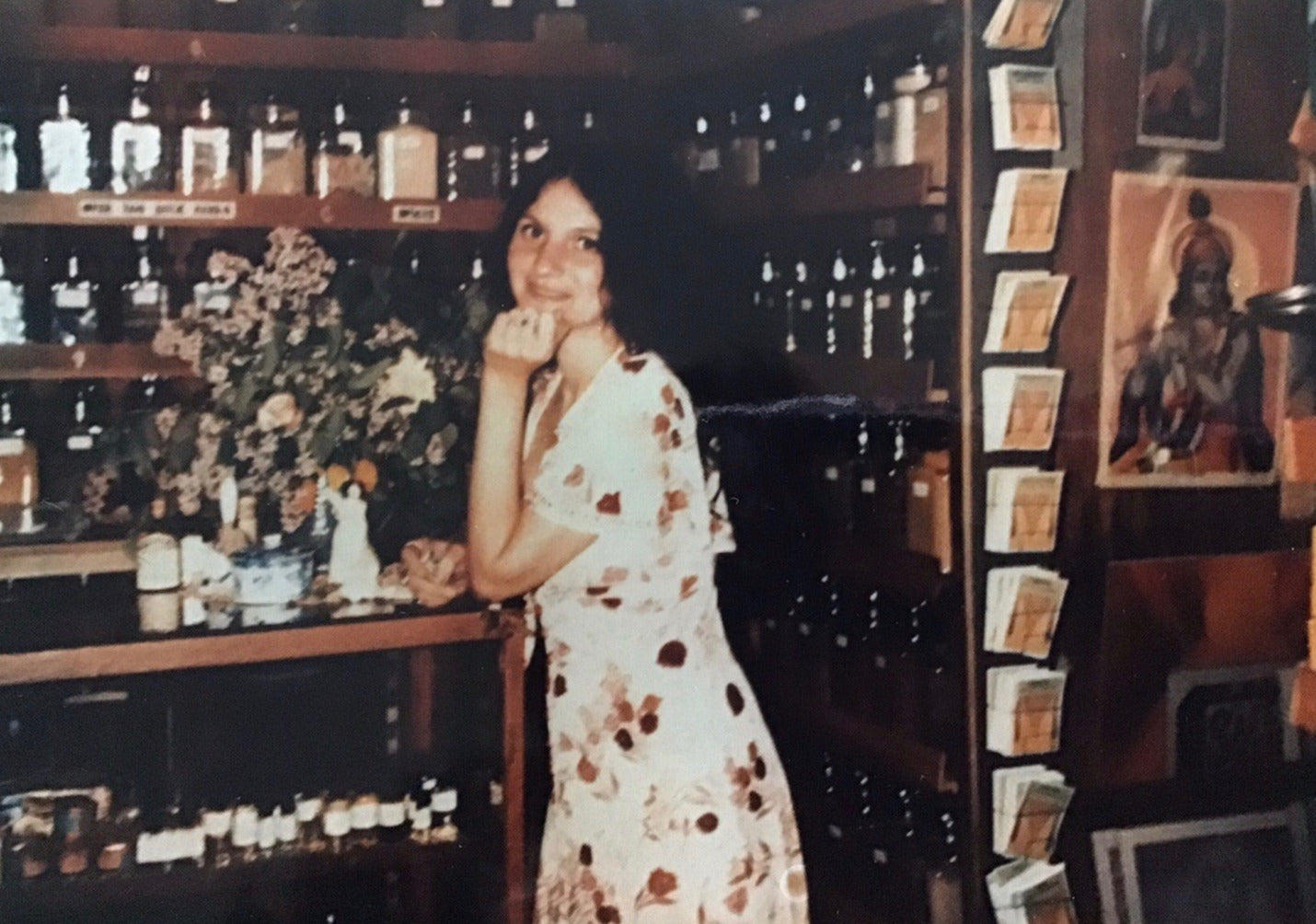
Q: Can you share with us a bit about the early days of Traditional Medicinals and your role in the creation of the company?
A: Yes, it’s a pretty neat story. I had a small herb shop in Guerneville, California called Rosemary’s Garden. The first incarnation of Rosemary’s Garden was a small closet size space inside the Guerneville Natural Food store. Drake Sadler, who was a well-known astrologer and a “very active activist” at the time, and I were “partners” (lovers, ‘married’ by heart). He was always super supportive of my work with plants and encouraged me to open Rosemary’s Garden. The store was so popular and so busy from the earliest days, that it soon outgrew its little ‘closet space’ and expanded into a larger section of the store.
I‘ve always loved mixing herbs together, and seemed to have a knack for it. When people would come into the store with ailments (and there were a lot of ailments!), I would mix custom blends for each individual and they would often return telling me how well the formulas worked. Then there were blends that were frequently requested and I began mixing these formulas in larger amounts and selling them in glass jars in bulk. These included herbal remedies for the common issues that people were frequently asking about, like herbs for stress (Cup of Calm®), for seasonal immunity (Herbal Cold Care), for constipation (Smooth Move), pregnancy (Pregnancy Tea) and lactation (Mother's Milk®), blends for stomach stress, for women and men, and more.
One afternoon Drake and I were visiting with close friends, sipping tea as the story goes, and it's quite true, we were sipping tea around the wood stove in our home, and the notion came up that we should start a tea company. We had the blends, and knew they worked well as they were highly popular in the community we lived in and had already proven themselves effective.
Our friend, Warren Raysor came up with many of the names for the teas and designed the artwork for the bags, and Drake printed them up in the small printing company he owned at the time. About that same time, Drake was planning a road trip up and down the coast to sell the beautiful silk-screened astrological calendars he designed and printed. He suggested taking along a few of the tea bags. To be honest, I didn’t think much of it. He packed them up and headed off. And then along the way he began to excitedly call me with orders for the teas. One store wanted 8 bags, another 12, another 4 of each, and so the teas went up and down the coast. It seemed the world was waiting for these medicinal blends, or so it seemed to us! It was so very exciting in those earliest of days to see the reception our teas were getting.
And so it all began… a small seed that sprouted and grew, and grew, and grew through the careful tilling and cultivation of those who watched over it all these many years. My part was just in planting the seeds….
Q: What inspires you in your relationship to herbalism today?
A: Well, I must say the plants always inspire me. Especially now when there seems to be so much turmoil, grief and sorrow in the world. The plants just keep on growing, transforming the world around them into beauty, and nourishing everything around them - the soil, other plants, insects, birds, animals, and, of course, humans. Everything thrives where plants thrive. Every time I think about how ancient plants are, they’ve been here since the very beginning of time (or shortly thereafter!), and how they fill up every void and space on the earth, and account for the greatest mass on earth of any living beings. And how these plants have survived and thrived through the most cataclysmic of changes, changes so fierce we can hardly imagine, well, then, I am inspired and filled with hope and faith.
I am also inspired by this younger generation of herbalists, and all the new herbalists regardless of age, who are stepping up to speak out on behalf of the plant queendom. They are a mighty voice and force, sharing, teaching, growing herbs, making herbal medicine, making herbalism available and affordable to all people, speaking out in behalf of the plants. So much power and force, heart and connection, in this young teeming green army of young, and old, taking a stand on behalf of and for plants. This inspires me to no end!
Q: Please tell us a little bit about your course The Science and Art of Herbalism. What excites you the most about this offering?
A: I first offered this home study course over 40 years ago as an opportunity for those who didn’t live near the Herb School in California to be able to study and learn about herbalism, as there were very few herbalists or herb schools available at the time. People kept writing me, telling me they wanted to study herbalism but there was no way they could travel to California. So, I traveled to them by writing this course.
The course has been updated over the years, but the core of the teachings remains the same. There is a huge emphasis on getting to know the plants directly with lots of hands on learning, and personal attention to learning. We still review each student’s homework, providing feedback and insights. Given the hundreds (actually, thousands) of students who have taken the course, this may seem impossible, but I have a terrific staff of herbalists who work with me reviewing and correcting homework.
The Science & Art of Herbalism is patterned after the Herbal Foundation Course we taught at California School of Herbal Studies, a school I founded in the late 1970’s. It provides in depth instruction in hands on herbal medicine making, creating a Materia Medica, wild plant identification, knowledge of the body systems and herbal therapies for each, herbal cooking, natural skin care, and a host of other topics that are of special interest to herbalists.
What excites me most about this offering? Witnessing so many people across the country and throughout the world get turned on to herbs, and to fulfill their dream of being an herbalist. Because this course is a direct pathway to becoming a skilled family and community herbalist.
Q: What is your favorite Traditional Medicinals tea and why?
A: Oh, dear, well, that’s hard, because it mostly depends on what’s going on. When my throat needs some love my ‘favorite tea’ would be Throat Coat, of course. When I’m traveling and need something to keep me going a little, I reach for Smooth Move. (In fact, I think Smooth Move is everyone’s favorite herbal traveling companion, at least for the older generation!). At night, when I want a good night’s sleep, Nighty Night, of course.
But if I were to choose one favorite tea, I would probably choose Easy Now Nervine, now known as Cup of Calm. It’s an old favorite, originally named after one of my horses who was always a bit nervous and excitable. I was always saying to him, calm down, boy. Easy now, Easy Now. That became the horse's name -and the tea named after him! A nice calming cup of tea for any time of day.
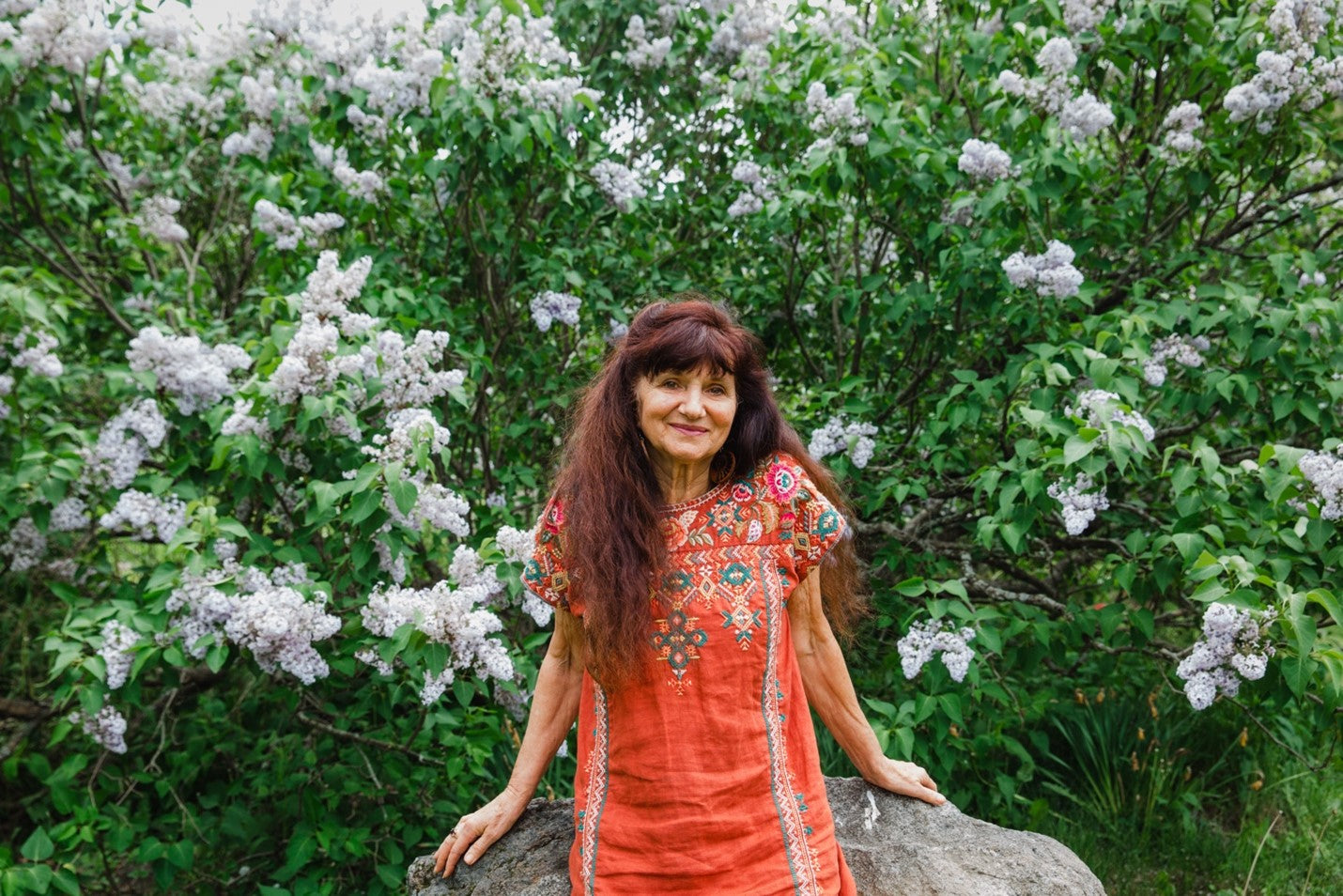 Photo taken by Danielle Cohen
Photo taken by Danielle Cohen

